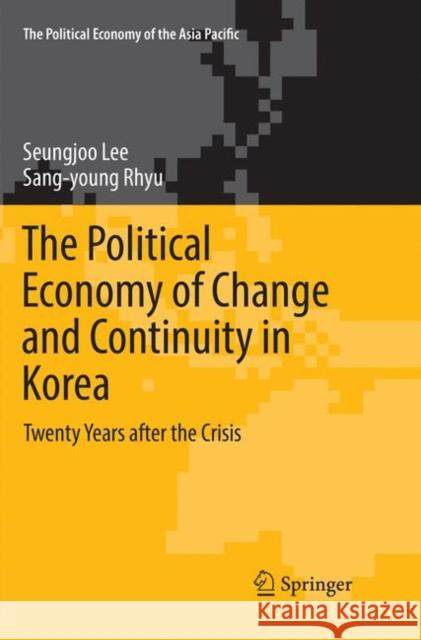The Political Economy of Change and Continuity in Korea: Twenty Years After the Crisis » książka
topmenu
The Political Economy of Change and Continuity in Korea: Twenty Years After the Crisis
ISBN-13: 9783030100582 / Angielski / Miękka / 2019 / 136 str.
Kategorie BISAC:
Wydawca:
Springer
Seria wydawnicza:
Język:
Angielski
ISBN-13:
9783030100582
Rok wydania:
2019
Dostępne języki:
Numer serii:
000349724
Ilość stron:
136
Waga:
0.22 kg
Wymiary:
23.39 x 15.6 x 0.81
Oprawa:
Miękka











